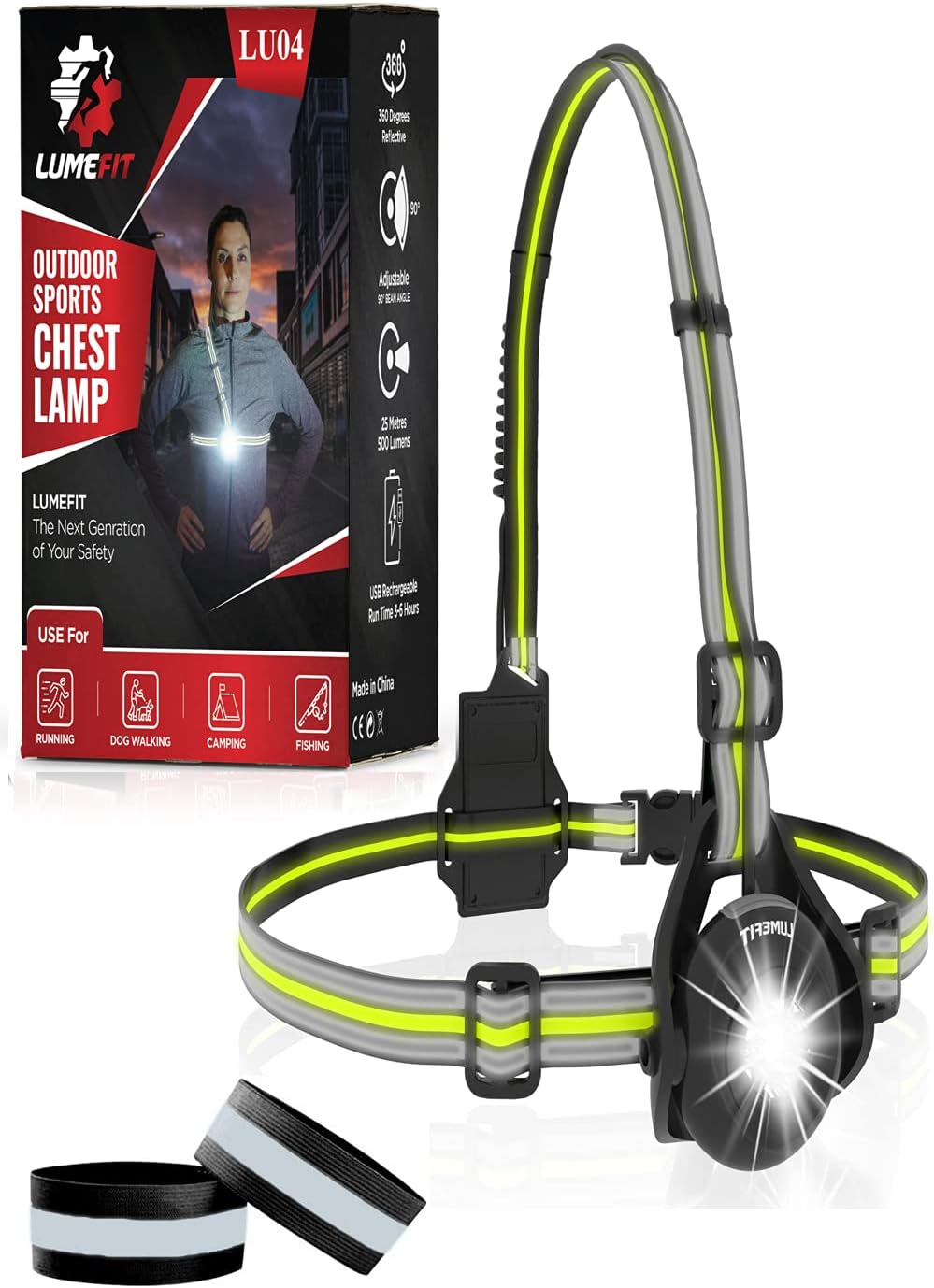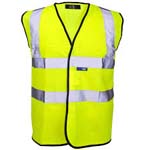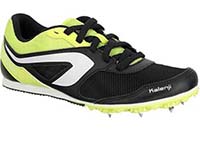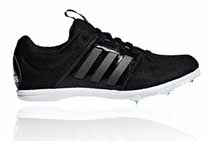CLUB VESTS
If you intend to take part in Competition you will need to purchase a club Vest.
Please check with Chris Hartley and check sizing before purchasing a vest.
You will then be asked to visit our ONLINE STORE to pay for the vest.
We do have a selection of the older vest styles in limited sizes for £10.00.
WHAT STYLE OF TORCH IS BEST FOR WINTER TRAINING.
A good Chest/Head Torch is essential when running in the dark, as runners need to see where they are going. Head torches are best worn around the waist especiall with our younger runners.
We recommend the chest torch style below that can be purchased for around £20.00 from Amazon. For our smaller members you may need adjust the strap by either by cutting and sewing or even the use small safety pins. It gives a good light to and also a red led on the back that makes the juniors far more visible on the dark fields.

HI VIZ VEST.

During the winter months when training in the dark, we kindly ask all members to wear a Hi-Vis vest during training sessions on the Cotswold School grounds. Visibility is essential for everyone's safety, particularly in the car park where young children may be difficult for drivers to spot. We recommend the style with two large fluorescent bands, as shown above, for maximum visibility.
FOOTWARE - RUNNING SPIKES


We strongly recommend the use of running spikes especially during the winter months. Conditions often become muddy and slippery, and spikes provide a significant advantage over other footwear by improving grip, stability, and overall performance.
Running spikes can be quite expensive and if new to running may not be worth the outlay to start with. When the conditions are dry, trainers are fine but after a period of rain the school fields can get muddy and very slippy, especially during the winter months. During these periods we highly advise the use of studded shoes like football boots which are more affordable or often something you may already have. When conditions get particularly bad we may insist that you can only train in studded shoes or spikes for your safety.
When purchasing spikes we are often asked what length spikes are needed. The screw-in spikes on Cross Country Spikes are interchangable and are available in 3mm, 6mm, 9mm, 12mm and 15mm lengths. We advise 3mm or 6mm in the summer and 9mm or 12mm during the winter depending on the conditions. 15mm onli in extreme conditions. We advise to remove the spikes regularly and reinsert with a little oil or grease before screwing them back in, otherwise they can seize and be almost impossible to remove.
When purchasing new spikes we do ask you to use a file or grinding wheel to round off the very sharp points for safety reasons as there has been nasty accidents with brand new spikes.
Gloucester Sports supply a small selection of running spikes and if purchased at their shop do offer club discount. They often have a store at the Gloucestershire League Cross County meetings but you will need to contact them to check. Deals can often nbe found on the Internet but sizing can be a little different to normal trainers so when buying online for the first time, take care.
With running spikes being expensive we advise members to sell on their running spikes when they become too small. This gives you extra funds for a new pair and saves other members having to pay for a new pair. If you would like to sell your old Running Spikes, please make sure the spikes themselves can be removed otherwise they will be of very little use to the new owner. If they can be removed, take a photo and then advertise them on the Junior WhatsApp message group.
What To Eat & When
Never eat a heavy meal just before training, if you are hungry then eat something light before you train. Have main meals after training to help avoid the dreaded stitch.
Hydration
It is extremely important to hydrate before, during and after training, especially when the weather is warm. Please bring a drink along with you, especially during our Summer Sessions and warm weather.
Clothing & Footware
Always wear sensible clothing when training and a warm top to put on after training, especially when cold. During the winter sessions, when the weather gets colder, gloves are a must, there is nothing worse than training with fingers you cannot feel. A warm cap/hat is also advisable.
Trainers are fine for training during the Spring and Summer Sessions when dry. During the Winter Months when conditions become wet and slippy , Members can wear Football Boots or similar for additional grip to help prevent slips and falls but Running Spikes are a far better option.
Please remember to put names on all clothing and footware so we can find their owners, when left behind.
Ilness or Injury.
We advise all of our members not to train if injured or unwell. Its better to miss one week than to make things worse and miss possibly more.
Should any member injure themselves while training, stop training immediately to avoid making the injury worse. Seek advice from a Doctor if the injury is bad or does not clear up within a few days. Please inform a Club Leader before you leave the training session.
